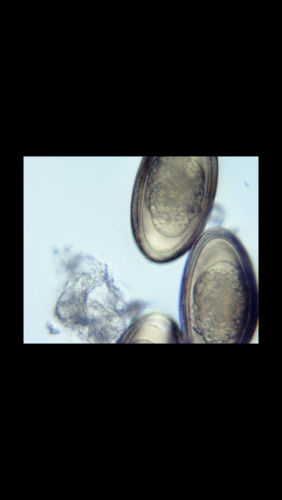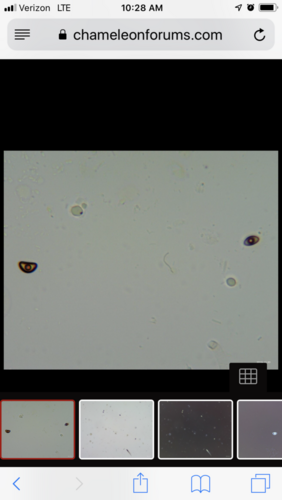sandrachameleon
Chameleon Enthusiast
I used to get roughly annual fecals done on most of my chameleons. Never anything showed up. So this time I waited a little longer, about 20 months. and of course Murphy's law, this time ONE of the several tested apparently has pinworm eggs. I believe the vet said 8 under only 10x magnification and that this is BAD BAD BAD. I've never had any of them with this issue before. The vet will prescribe medication and in the meantime I am using Reptaid since I happened to buy it just to see if it would perk up a particular chameleon who never quite bounced back from a mystery skin leision illness. Turns out, its the same chameleon - no wonder he hasnt been acting himself! Vet didnt have time to answer a thousand questions over the phone this afternoon. I think I trust you people more anyhow, so...
Okay now the questions:
THANK YOU
Okay now the questions:
- Even though it didnt show up for others, is it likely they too have it? Should they all be treated?
- Is this contageous? to other chams? people? Insects? frogs? other reptiles?
- Could he have gotten this from roaches or wild caught insects?
- What are the common ways of contracting pinkworms?
- Could he have gotten this from mating (he was loaned as stud to a friend)?
- I presume extra careful cage cleaning is in order - I dont normally use bleach but is that the recommended cleanser? (I usually use vinegar water or steam clean).
- Should I toss the plants? and vines and branches?
- How to ensure no re-infection?
- Other pointers?
THANK YOU








